Search
Search Results
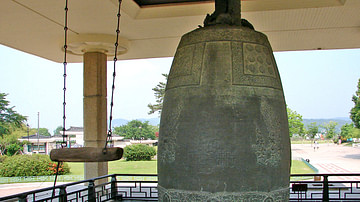
Image
Korean Buddhist 'Emille' Bell
The large cast-bronze bell known as the Emille Bell at Bongdeoksa, Unified Silla Kingdom, Korea. It was cast in 771 CE to honour King Seongdeok. 3.3 metres tall and over 2.2 metres in diameter, it is decorated with lotus flowers and heavenly...

Article
The Meaning of European Upper Paleolithic Rock Art
Rock art (also known as parietal art) is an umbrella term which refers to several types of creations including finger markings left on soft surfaces, bas-relief sculptures, engraved figures and symbols, and paintings onto a rock surface...
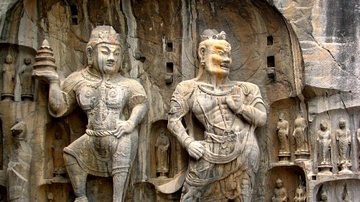
Image
Buddhist Sculptures, Longmen Caves
Two figures carved from the rock face at the Longmen Caves, Fengxian temple near Luoyang, China. Dating to 675 CE the 17.4 metre high figures represent a Buddhist Heavenly King and demon guardian figure.
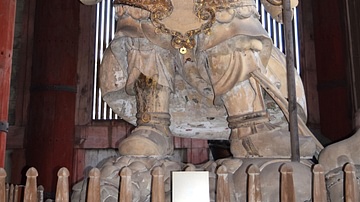
Image
Statue of Buddhist Guardian Tamonten
This is a wooden statue of Tamonten — one of the Four Deva Kings (Shitenno) and a guardian of Buddhist teaching. This statue can be seen at the Daibutsuden or Great Buddha Hall of the Todaiji temple complex in Nara, Japan.
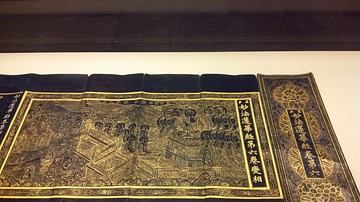
Image
Buddhist Illuminated Manuscript, Goryeo Period
An illuminated text of the Buddhist Lotus sutra. Goryeo period (918-1392 CE).
Gwangdeoksa temple in Chenan, Korea.
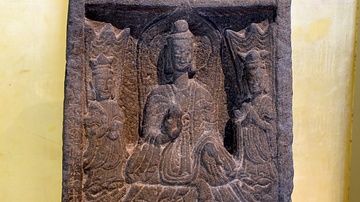
Image
Wei Dynasty Buddhist Stele
This stele is carved with representations of events in the Lotus Sutra, one of the most important texts in early Chinese Buddhism. The Lotus Sutra is reconstructed as a magnificent drama, during which the historical Buddha Shakyamuni is revealed...
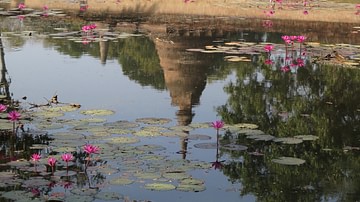
Image
Buddhist Temple, Sukhothai
A Buddhist temple, Sukhothai, Thailand. The Kingdom of Sukhothai flourished from 1248 to 1438 CE.

Article
A Brief History of Egyptian Art
Art is an essential aspect of any civilization. Once the basic human needs have been taken care of such as food, shelter, some form of community law, and a religious belief, cultures begin producing artwork, and often all of these developments...
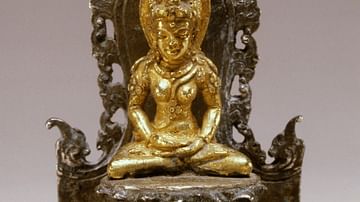
Image
The Buddhist Goddess Tara
The Buddist goddess Tara, gold and silver figure from Java, 9th century.
The Walters Art Museum, Baltimore, Maryland.

Definition
Borobudur
The Temple of Borobudur or sometimes "Barabudur" is a Mahayana Buddhist temple located close to Muntilan on the island of Java in Indonesia. Built during the rule of the Sailendra Dynasty (c. 650-1025 CE), Borobudur remains the world's largest...